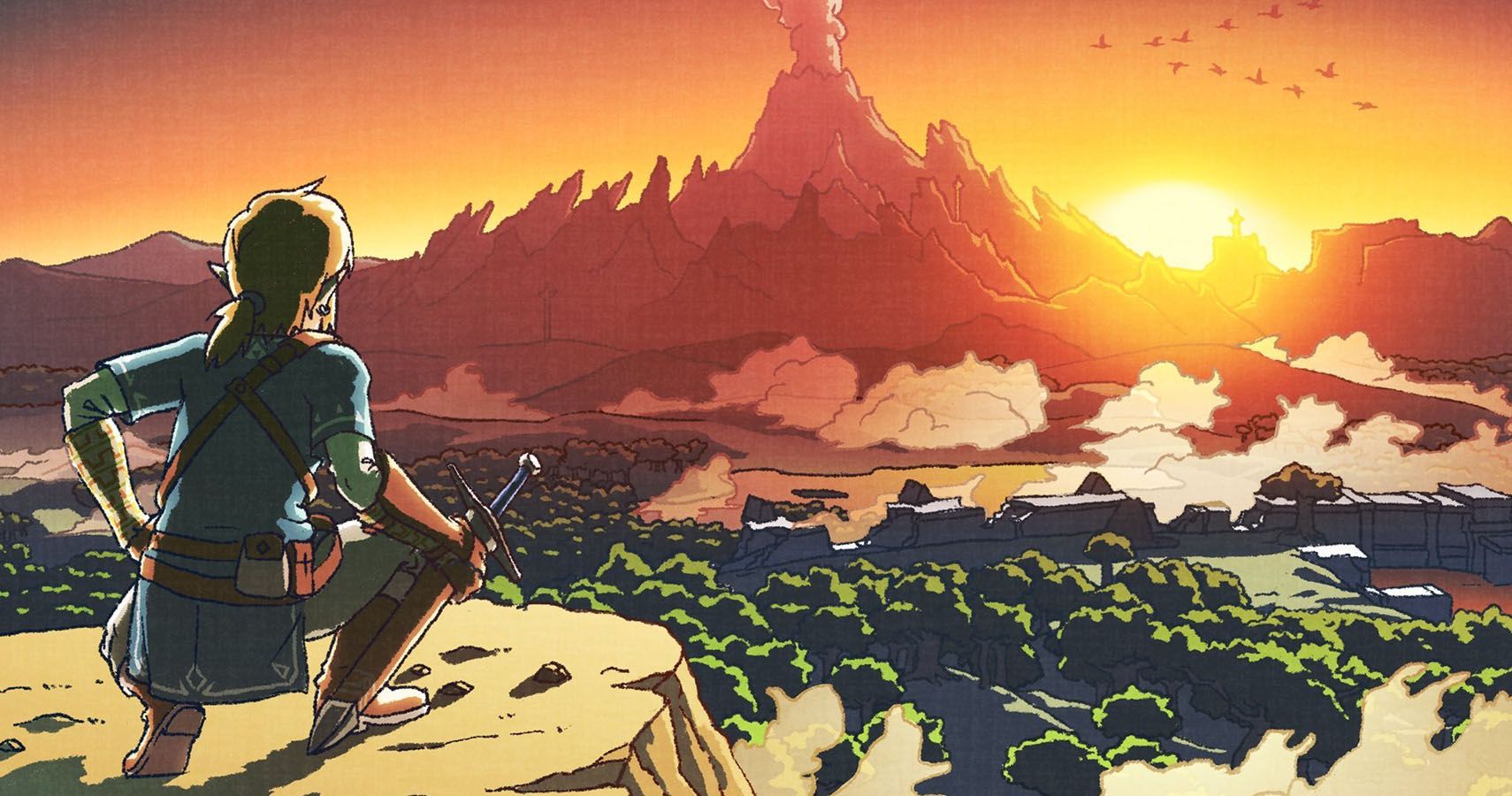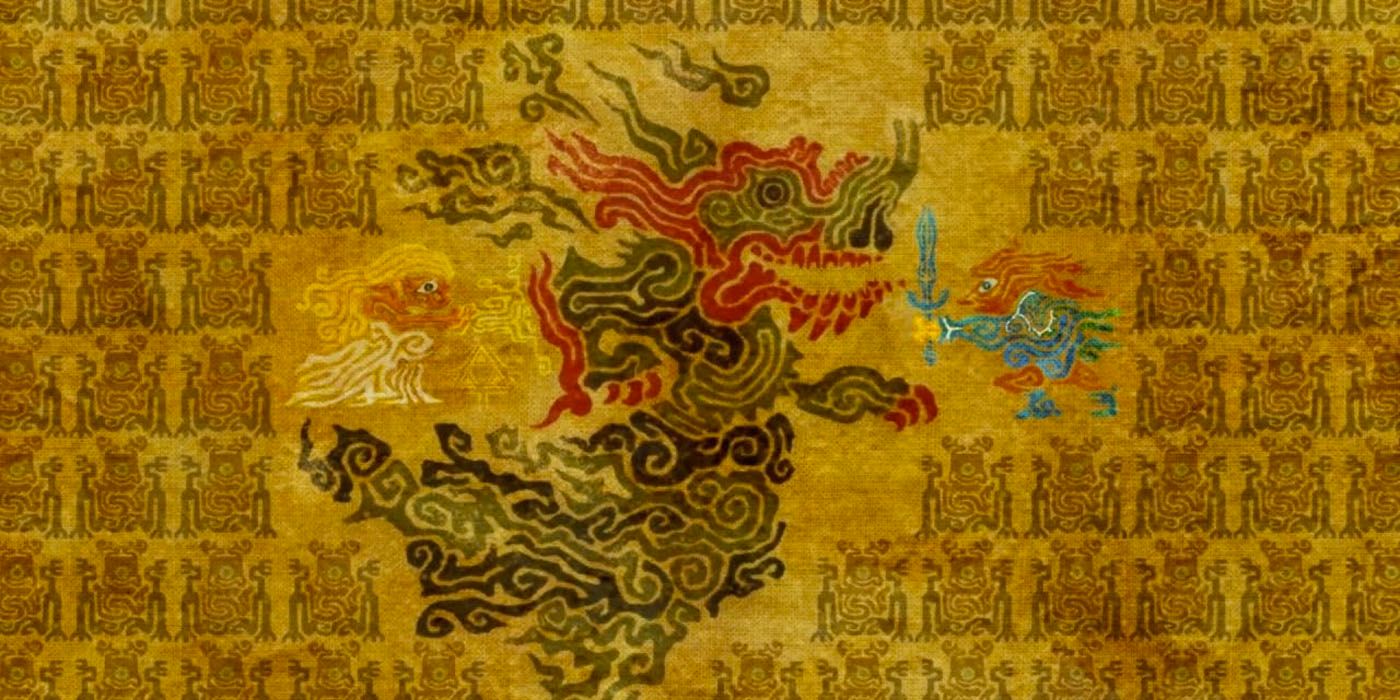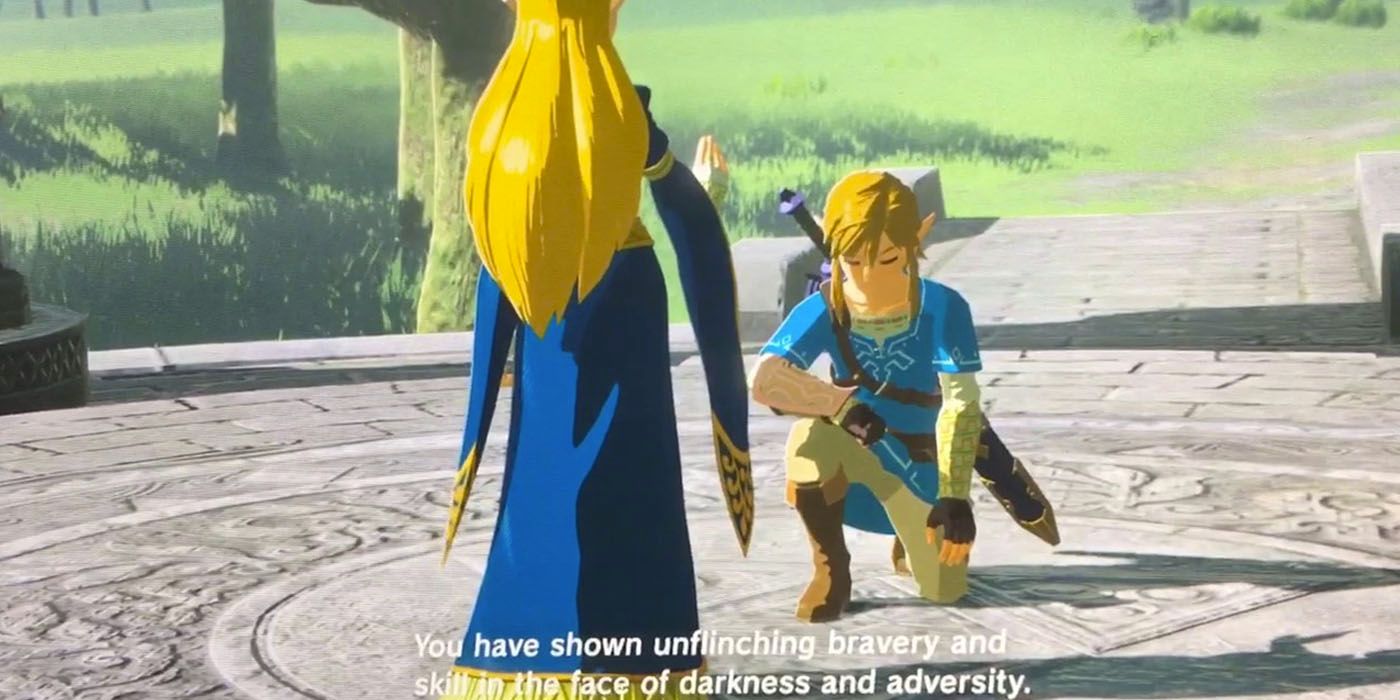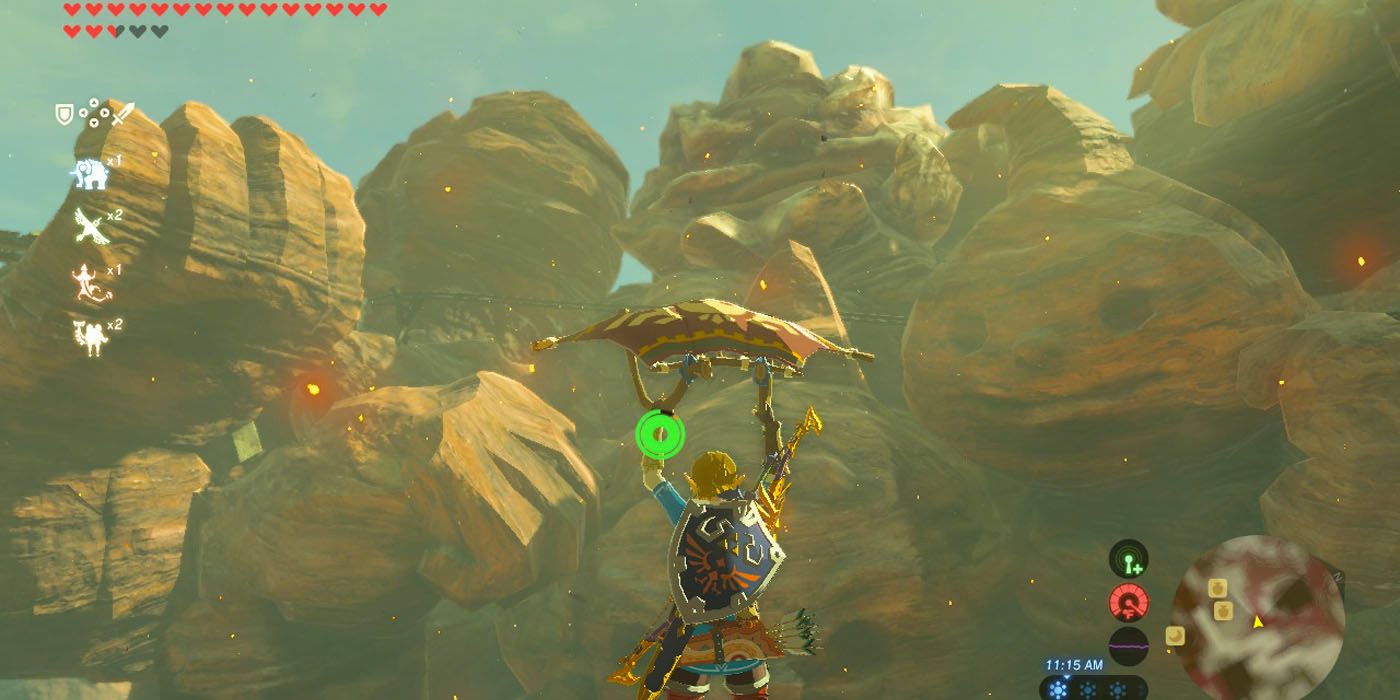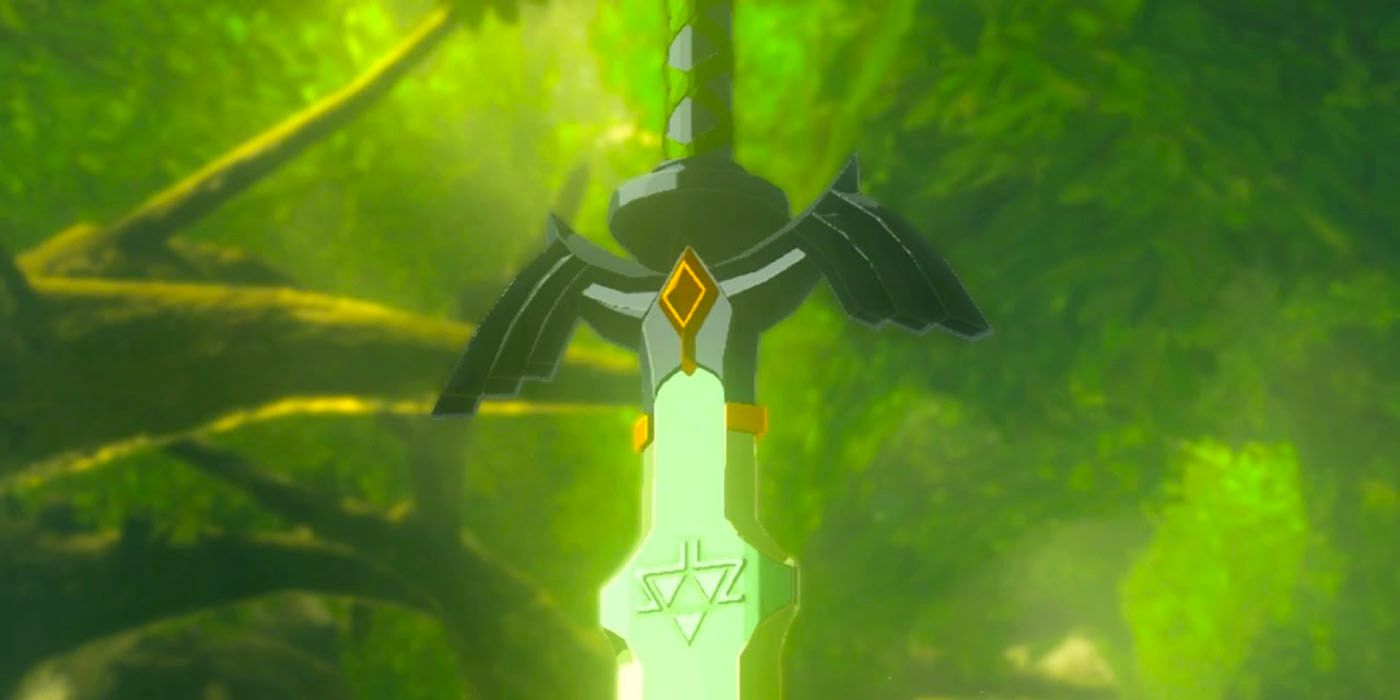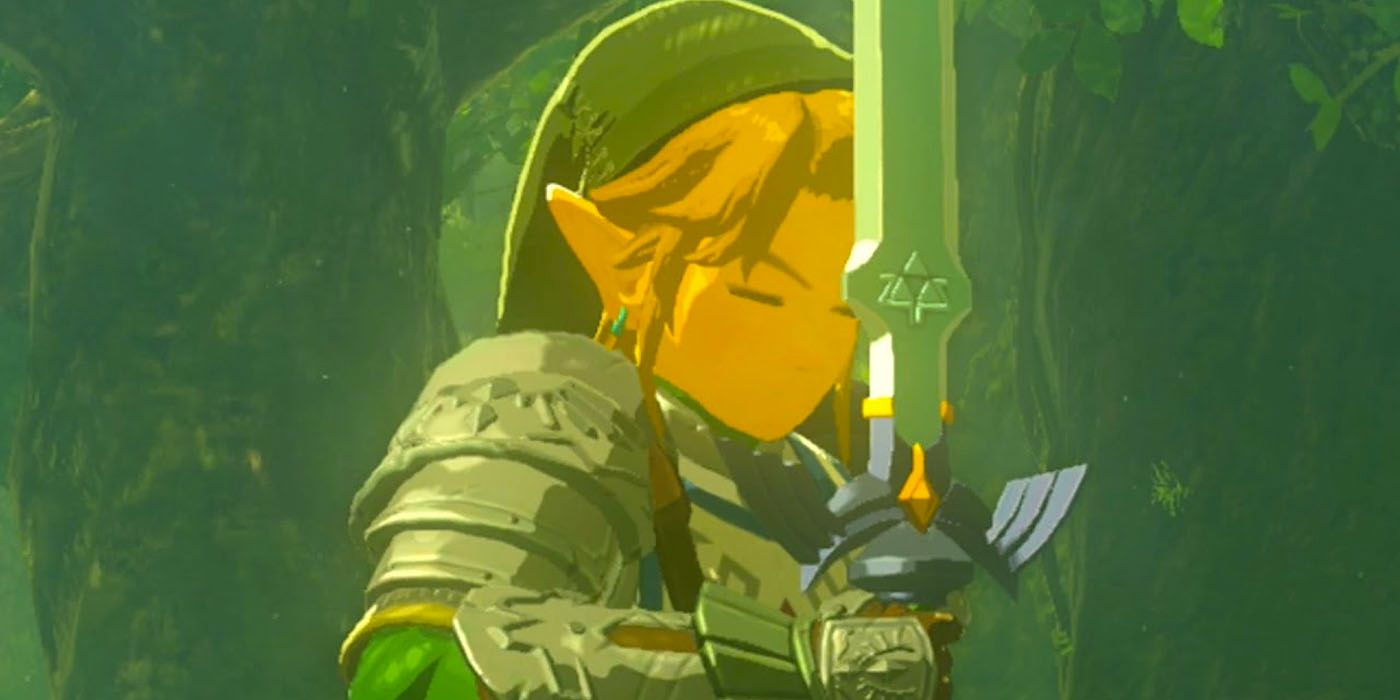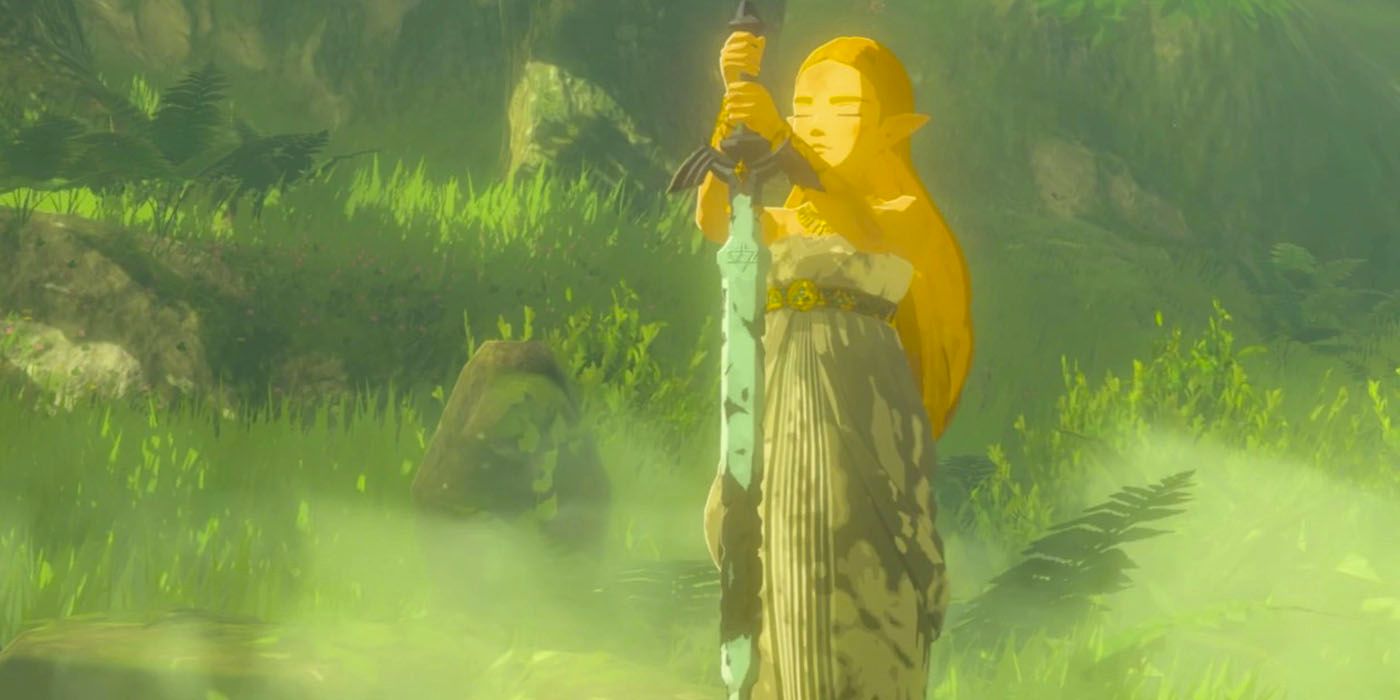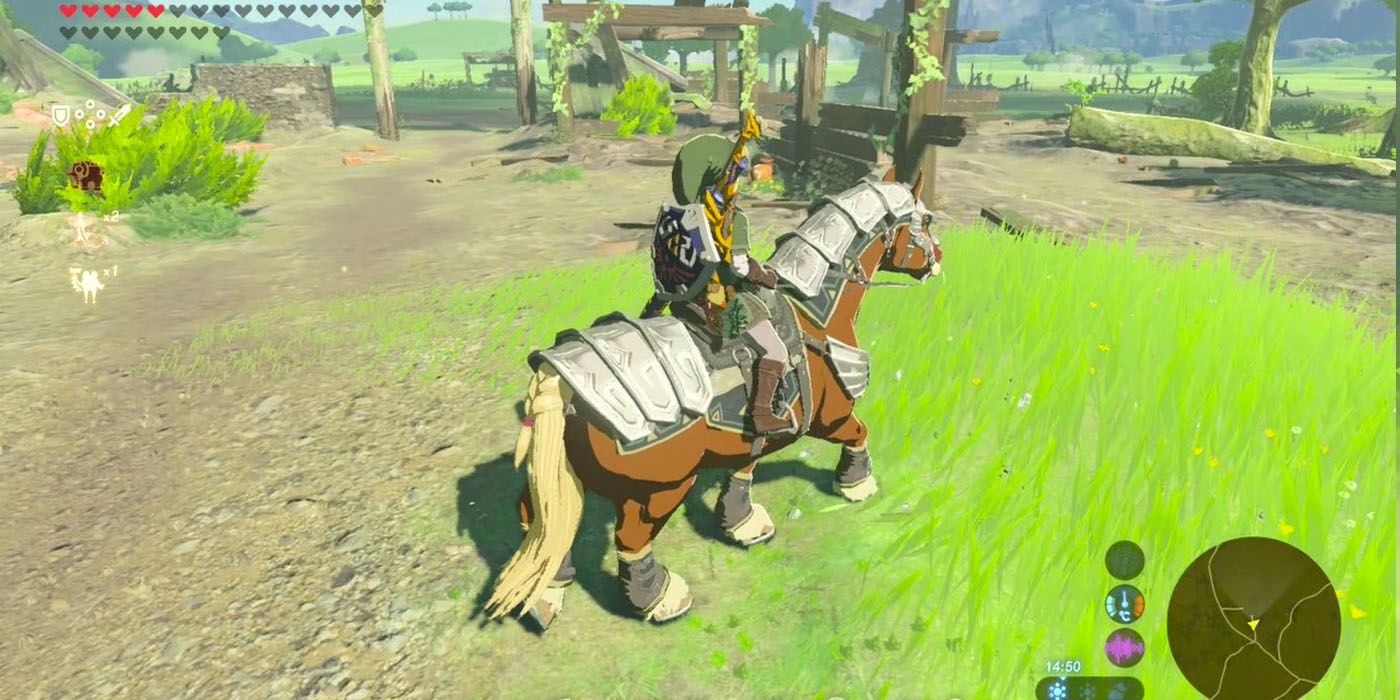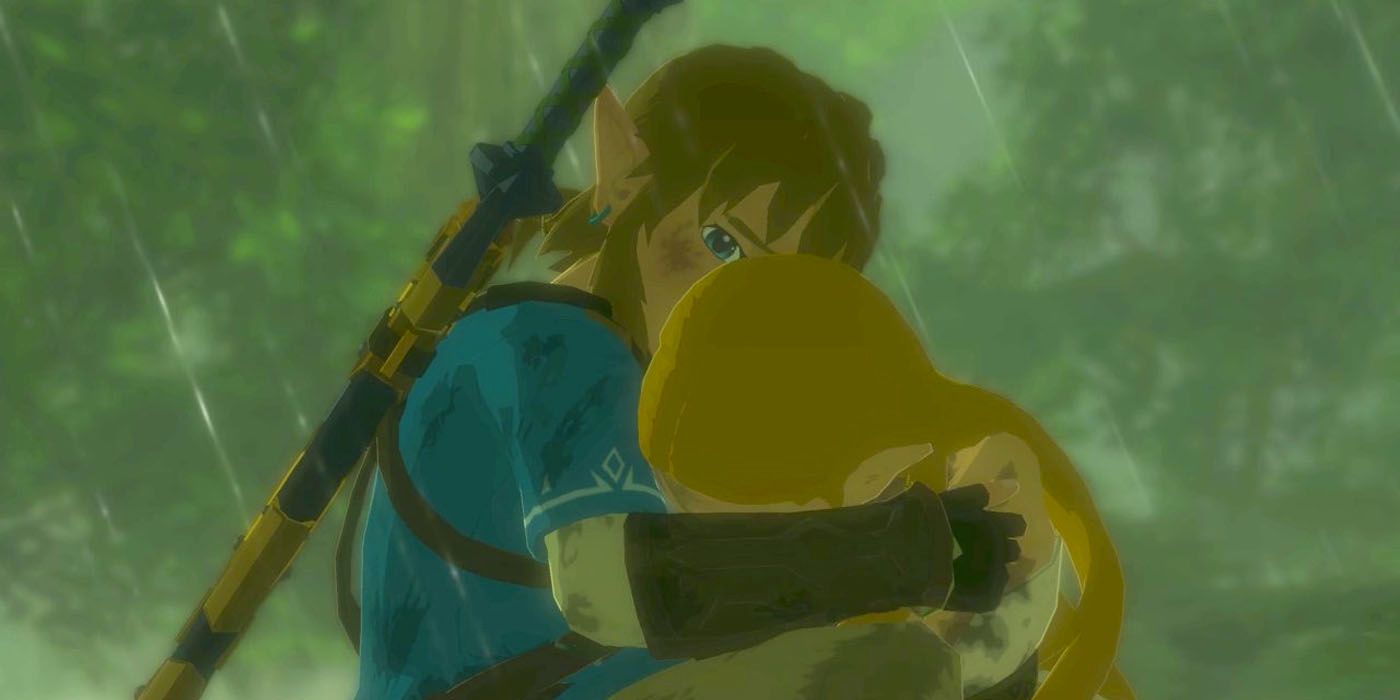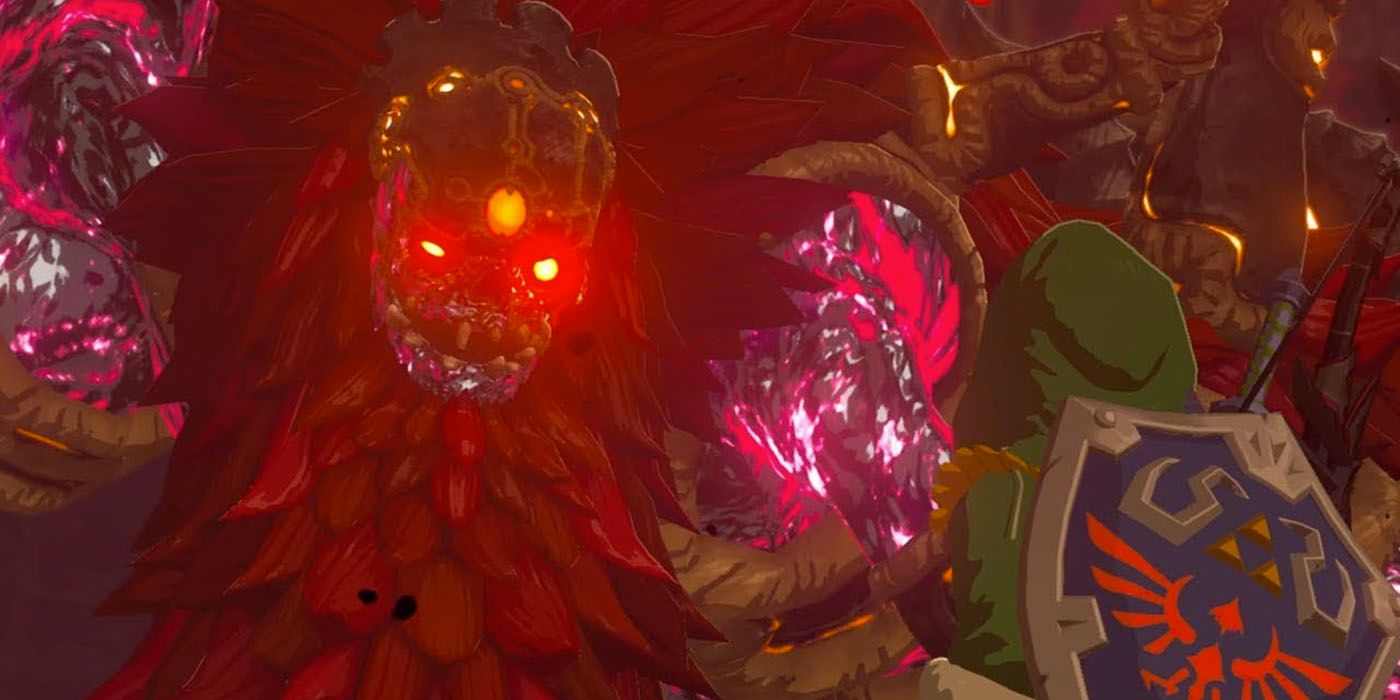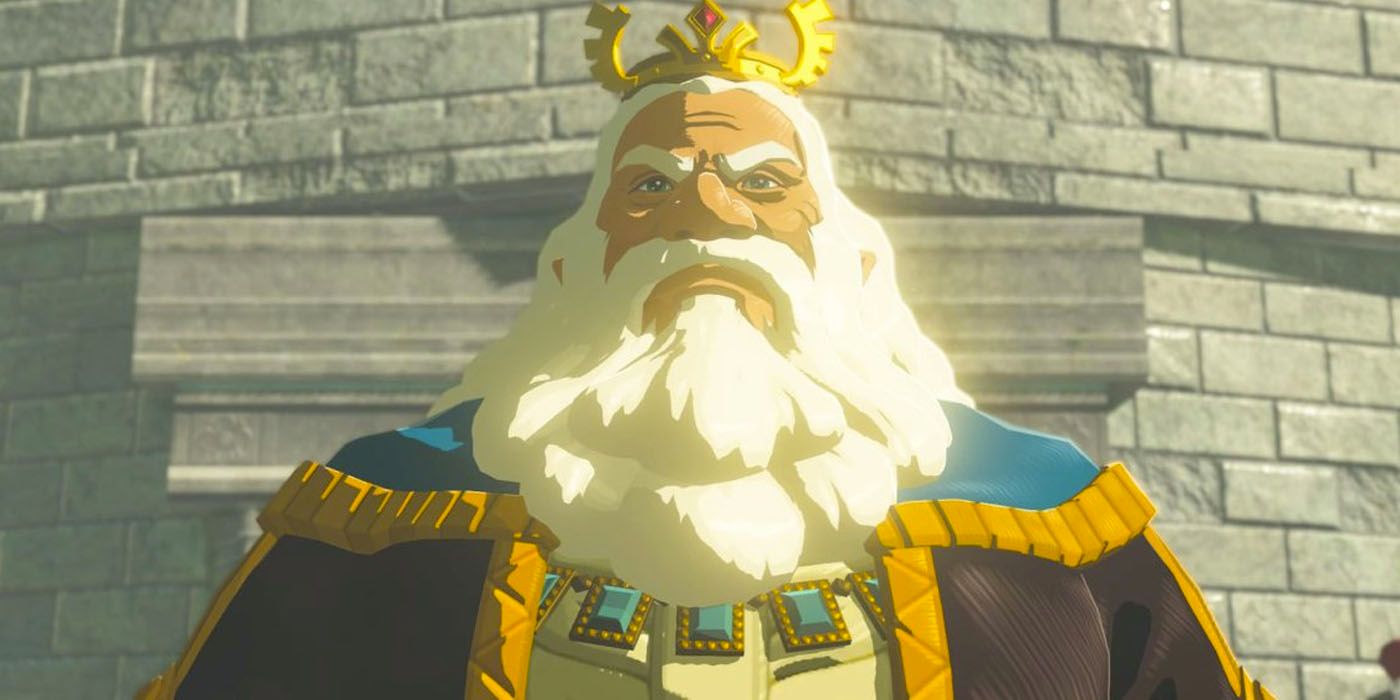Regardless of Skyward Sword’s overall quality, its release put into perspective just how clearly The Legend of Zelda needed a change of pace. Motion controls weren’t enough, as the series’ very foundation had stagnated. Where Zelda was once a beacon for experimentation & creativity at Nintendo, it had comfortably fallen into routine sometime after The Wind Waker’s development.
Breath of the Wild was as essential as it was inevitable for The Legend of Zelda. Intentionally evoking the original Zelda’s freeform structure (albeit not on the 1:1 scale some fans like to suggest,) Breath of the Wild traded linearity and rigid storytelling in favor of pure player control– but surprisingly not at the expense of the plot or lore. Despite an emphasis on gameplay above all else, Breath of the Wild has some of the most in-depth & mysterious lore in The Legend of Zelda.
10 10,000 Years Ago
Although Breath of the Wild spells it out often enough, there tends to be some misconception surrounding what exactly happened 10,000 years ago– and its significance in regards to Breath of the Wild’s lore. For starters, the legend isn’t in reference to any specific game.
Rather, its purpose is to suggest that so much time has passed in-universe, Breath of the Wild’s “ancient legends” are events the audience has never even seen. More importantly, the legend puts it in clear terms that Ganon (even then) could possess Guardian technology. Despite this, Hyrule carries on with a plan destined to go wrong. Mainly because it does. Hubris brought down a nation.
9 The Muddiest Timeline Yet
As a result of Breath of the Wild taking place so far in the future, it has one of the messiest timelines in the franchise. Most every Zelda game explicitly ties itself into another– whether it be by serving as a direct sequel or just reusing important lore details (think how The Wind Waker & Twilight Princess play off Ocarina of Time.)
Breath of the Wild can be narrowed down into one timeline (more on that later,) but it also features references to several key games, all from different timelines. In Japanese, Zelda poetically alludes to Skyward Sword, Ocarina of Time, Twilight Princess, The Wind Waker, and A Link to the Past. Of those games, the last 3 cannot occur in the same timeline (& are likely alternate realities of the same crisis.)
8 But The Clearest References
In spite of Breath of the Wild’s muddy timeline connections, it has the clearest references to the rest of the series. For starters, the mere fact that Princess Zelda alludes to other games happening is kind of a huge deal. More importantly, Ruto is mentioned by name in her Ocarina of Time context.
Not just that, so are Nabooru and the Gerudo Ganondorf seen in Ocarina of Time. Goron City also has visual references to Gorons from Majora’s Mask and the Vah Medoh is clearly named after Medli from The Wind Waker. There are a lot of layers to BotW’s references.
7 The Significance Of The Master Sword In The Lost Woods
Although Breath of the Wild takes place so far into the future where it can’t be directly tied to any of the three timelines on a narrative level, it shares several thematic and visual connections to the Fallen timeline specifically. Stemming from an unseen defeat Link suffers in Ocarina of Time, the Fallen timeline leads into A Link to the Past and A Link Between Worlds.
Why is this important? Because the Master Sword is found in the Lost Woods in both those games alongside Breath of the Wild. Not only does this heavily suggest BotW is part of the Fallen timeline, it’s a way of paying tribute to A Link to the Past– the game that set the foundation Breath of the Wild is reorganizing.
6 Link’s Relationship With The Master Sword
Originally introduced in A Link to the Past, the Master Sword very quickly became an important piece of the franchise’s iconography. The blade has since reappeared in Ocarina of Time, the Oracle duology, The Wind Waker, Twilight Princess, Skyward Sword, A Link Between Worlds, and, of course, Breath of the Wild.
Link’s relationship with the Master Sword is a bit different than usual in Breath of the Wild, though. It’s heavily suggested that Fi does not deem this Link worthy enough to wield the blade (as evidenced by the Master Trials,) but he’s strong enough to wield it regardless. This Link is also the only Hero not to give the Master Sword up at the end of his game, holding onto it as a personal weapon.
5 Fi & Zelda
Even though Fi might not fully deem the Hero of the Wild worthy, she actually reveals herself to Zelda following Link’s near-death at the hand of possess Guardians. Complete with her trademark sound from Skyward Sword, Fi tells Zelda something– although the audience never finds out exactly what.
Considering the original Link’s relationship with his Zelda, this is notable in and of itself. But it also speaks to the fact that Fi is starting to regain some semblance of personhood. Over 20,000 years have passed after all, so it’s only fair she’s no longer the silent sword of games past. In the right hands, at least.
4 Lon Lon Ranch
One of Breath of the Wilds greatest strengths is subtlety. It abides by “show, don’t tell” on a level few video games care to attempt. This is a game that expects players to read between the lines, but only if they want to– content to let you miss anything you’re not paying attention to. This goes double for setpieces.
With no fanfare, no jingle, and no telegraph, players can revisit Lon Lon Ranch as it was in Ocarina of Time. At least how it looks structurally. In terms of placement, it geographically couldn’t have been the same farm. Seeing a destroyed Lon Lon Ranch makes for a haunting visual reference, however.
3 Link’s Journal
This is tragically one detail which stayed hidden in English copies of Breath of the Wild. Nintendo of America tragically gutted Link's first person journal, instead replacing it with the same old mission long every generic AAA game has. There is no benefit, and the result is that English speaking audiences can’t appreciate Link’s arc.
As Link regains his memories, he actually muses about Zelda in his diary. He discusses how much he wants to see her smile again and reflects on how much he’s endured. The audience is given the most complex portrait of Link yet, and his journal helps sell the love story between him & Zelda (arguably something the English version was desperately needing thanks to the terrible dub.)
2 Calamity Ganon’s Meaning
Breath of the Wild is so far the latest game in any of The Legend of Zelda’s three timelines– almost jarringly removed from the rest of the series in terms of chronology. This feels appropriate, however. Only because Breath of the Wild positions itself as a fresh start for Zelda, but because it allows the game to comment on the franchise meaningfully.
Ganon has been defeated, nearly killed, and sealed away so many times that he’s essentially reverted to a primal state. It’s very indicative of the almost mindless Ganon featured in the NES original, and surely not coincidental. Calamity Ganon is Ganon stripped of all pretense, boiled down to his purest form.
1 Sins Of The King
As a game inherently about freedom & independence, it's no surprise that Breath of the Wild’s story puts both themes front and center. Specifically, Breath of the Wild contrasts Link’s (the player’s) complete control & agency with Zelda’s lack thereof— both framed through King Rhoam.
Where Rhoam encourages player freedom as the kindly old man, he stifles Zelda to the point where she can never come into her own as a person. Which in turn prevents the Triforce of Wisdom from manifesting within her in time, dooming Hyrule. All of Breath of the Wild's problems stem from the King of Hyrule forbidding Zelda from being free.

